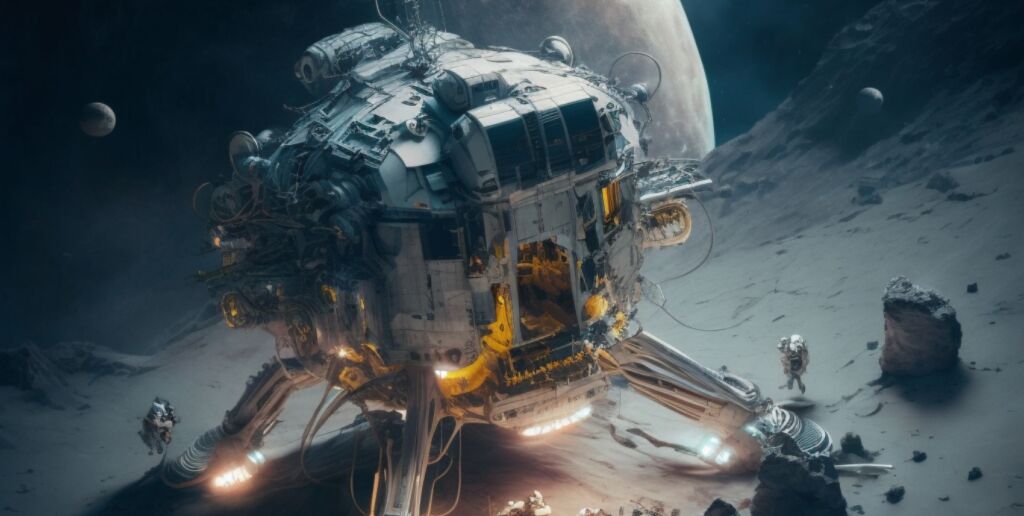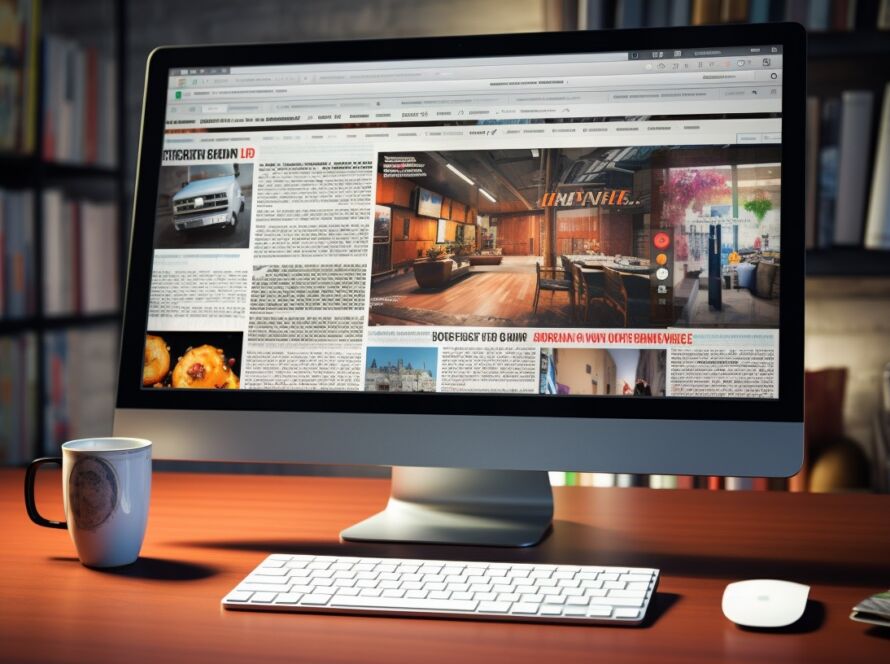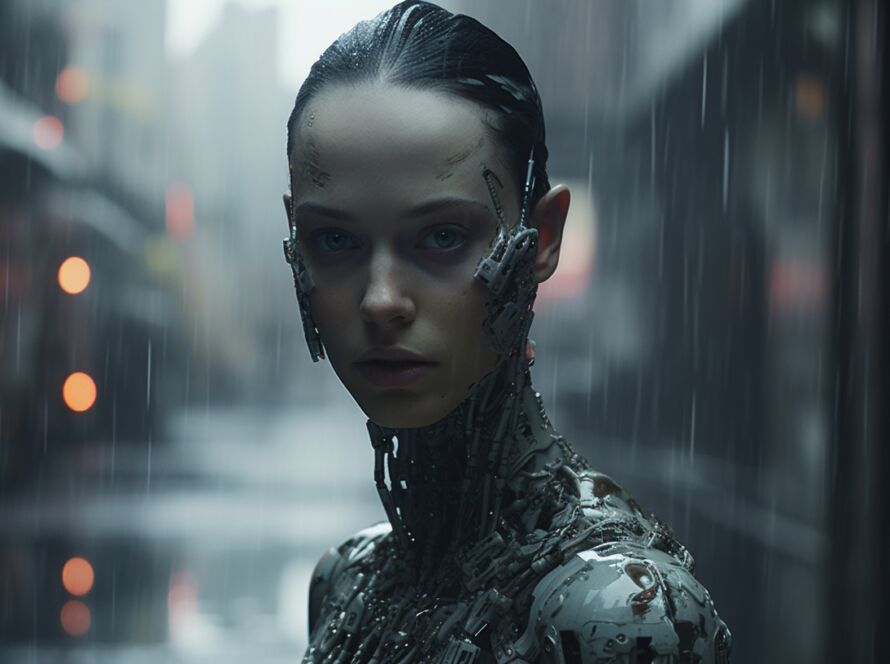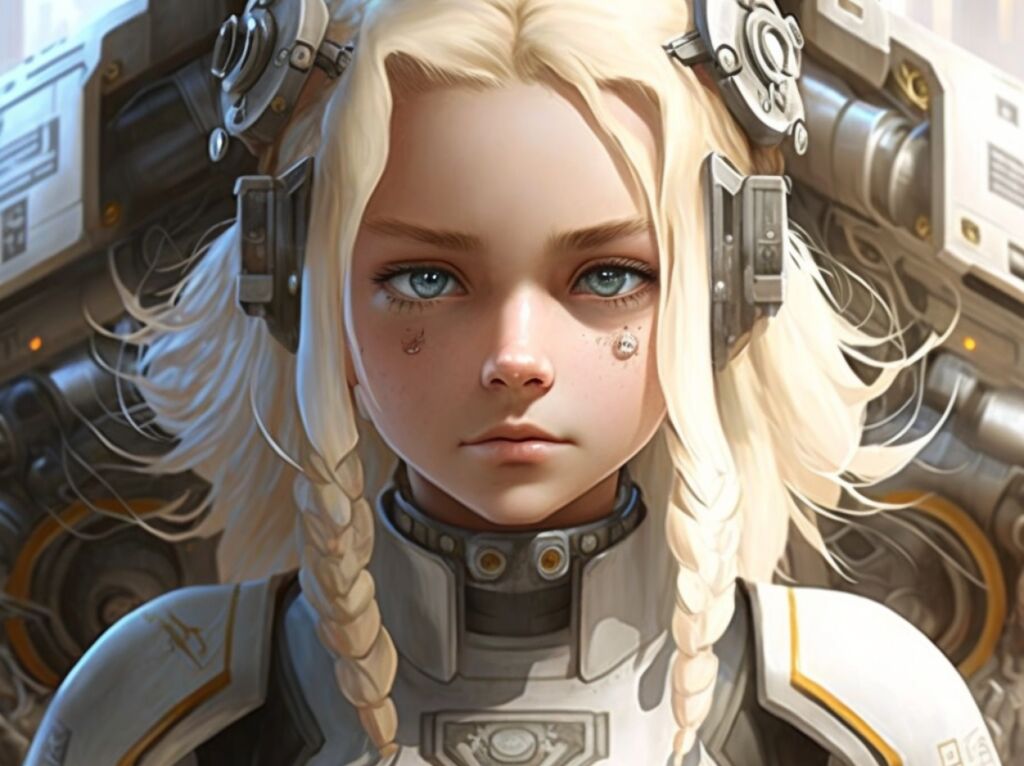
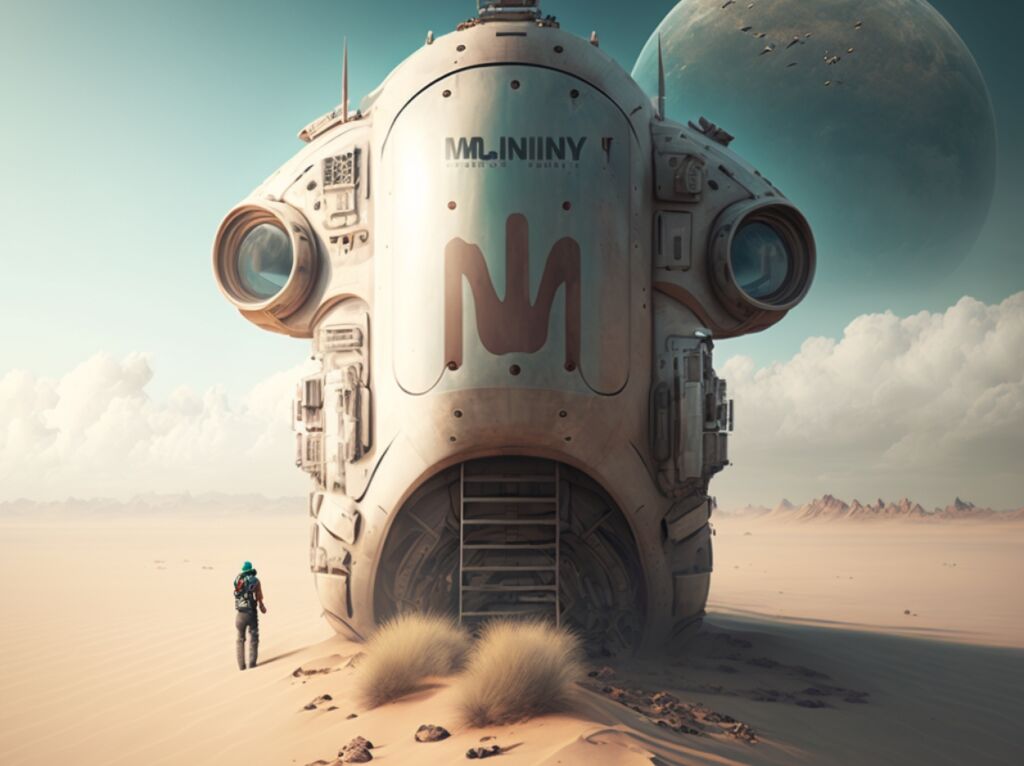
===Heading 1: Understanding AI Art
AI art is a form of artistic expression where artificial intelligence algorithms are used to generate, modify, or enhance artworks. It combines the creativity of human artists with the computational power of machines. Understanding the fundamentals of AI art is crucial for developers to dive into this domain. By learning about generative algorithms, neural networks, and data-driven models, developers can gain insights into how AI can be utilized to create unique and visually stunning pieces of art.
One popular technique in AI art is style transfer, where a neural network learns the style of one artwork and applies it to another. This leads to fascinating combinations of artistic styles, allowing developers to experiment and create something truly unique. By leveraging the power of AI, developers can explore new possibilities, challenge traditional art boundaries, and redefine artistic expression.
===Heading 2: Tools and Frameworks for AI Art
To create AI art, developers can rely on a variety of tools and frameworks specifically designed for this purpose. One popular choice is TensorFlow, an open-source platform that provides a wide range of machine learning functionalities. TensorFlow’s ease of use and extensive community support make it an ideal choice for developers looking to delve into AI art. Additionally, libraries like Keras and PyTorch offer high-level abstractions that simplify the process of building and training neural networks, making them valuable tools in the creation of AI-generated artwork.
Furthermore, platforms like DeepArt.io and RunwayML provide user-friendly interfaces that allow developers to experiment with AI art without extensive coding knowledge. These platforms offer pre-trained models, style transfer functionalities, and intuitive interfaces, making them accessible to both seasoned developers and beginners alike. With these tools at their disposal, developers can unleash their creativity and produce stunning AI-generated artwork.
===Heading 3: Ethical Considerations and Future Prospects
As we navigate the world of AI art, it is essential to consider the ethical implications of this technology. AI art raises questions about authorship, ownership, and the role of human artists. While AI can assist and enhance creative processes, it is crucial to acknowledge and respect the contributions of human artists in the creation of AI-generated artworks. Striking a balance between human creativity and machine algorithms is key to maintaining the integrity of art in the age of AI.
Looking ahead, the future prospects of AI art are promising. As technology continues to evolve, developers can expect more advanced tools and frameworks that push the boundaries of what is possible. AI art has the potential to revolutionize the art world, enabling new forms of expression and creativity. By embracing this technology and leveraging it responsibly, developers have the exciting opportunity to shape the future of art.
Creating AI art is an exhilarating journey that combines technology, creativity, and imagination. With our modern developer’s guide, you now have the tools and knowledge to embark on this adventure and unlock the full potential of AI in the realm of art. From understanding the basics of AI art to exploring advanced frameworks and considering ethical implications, you are equipped to take your first steps towards creating mesmerizing AI-generated masterpieces. So, let your imagination run wild, and let AI be your artistic companion on this exciting artistic journey!
